If bad things happen
From ruins remnants of old City Great Carthage, of a glorious and long past in Tunisia, to the once bustling Phoenician and Roman port. And along Coast In present-day Libya are the majestic ruins of the Roman theater Sabratha.
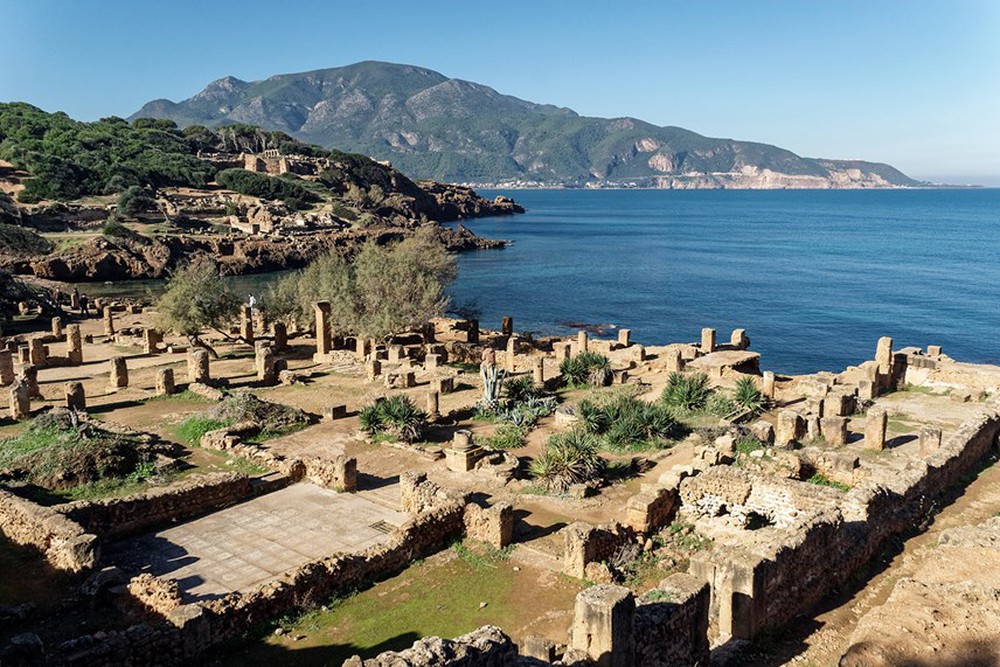
Ruins from the Roman period Tipasa in Algeria – an important trading post of the Phoenician period. Photo: CNN.
Besides man-made historical sites dating back thousands of years, Africa’s iconic natural “treasures” date even further back. For example, the ancient reef of the Seychelles’ Aldabra Atoll in the Indian Ocean, is believed to be about 125,000 years old.
But amid a multitude of extreme weather patterns and rising sea levels, this means that all of these monuments – and some 190 other spectacular monuments along Africa’s coast – will at risk of being “swallowed” by sea water within the next 30 years, according to a recent study published in the journal Nature Climate Change.
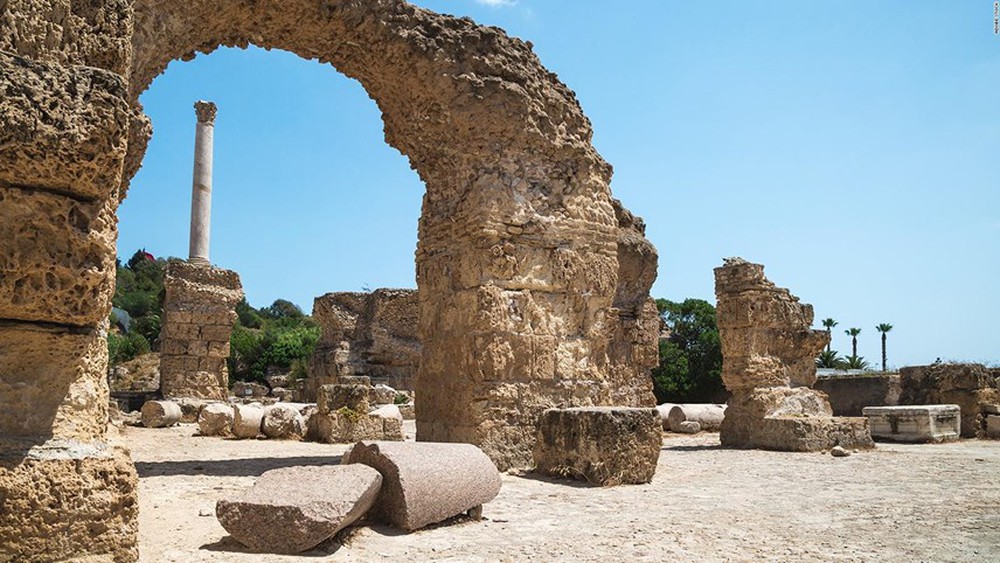
Carthage, an ancient city founded by the Phoenicians in the 9th century BC and later conquered by Rome, is located by the sea on the outskirts of Tunis, the capital of Tunisia. Photo: CNN.
Research shows that sea levels are rising at a faster rate over the past three decades than in the 20th century, and climate change threats such as floods, heat waves and wildfires are becoming more common. should be more popular.
The journal discovered 56 locations that are currently in danger if a “once in a hundred years” flood occurs by 2050. Even if greenhouse gas emissions continue to rise on current trajectories, the number damage can be tripled to 198 locations.
“These are all places of cultural value, international value, economic value… and intrinsic value to these sites,” said Nicholas Simpson, study author and Ph. at the Africa Development and Climate Initiative at the University of Cape Town.
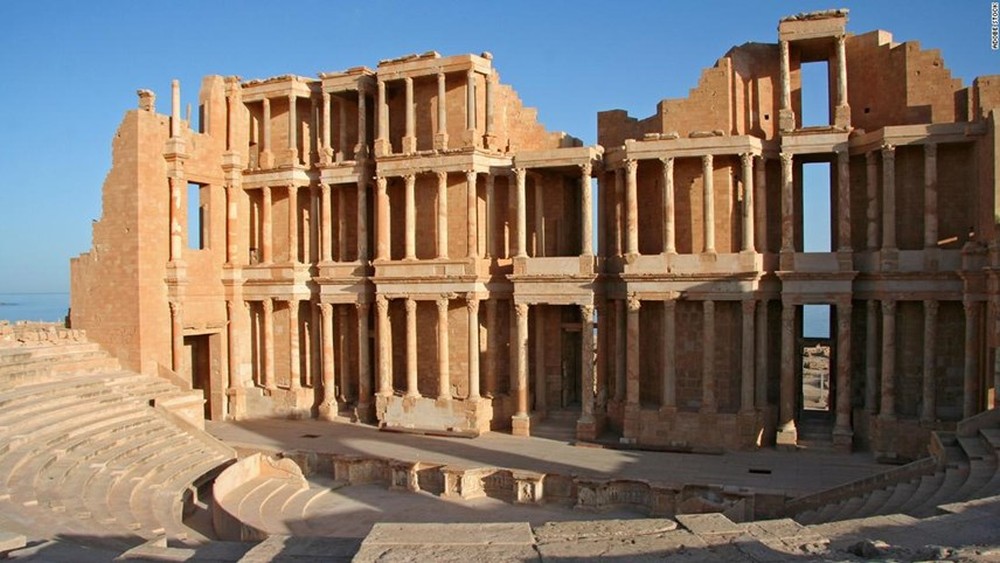
The ancient city of Sabratha in present-day Libya, where the wonderful ruins of the Sabratha Roman theater still stand. Photo: CNN.
Author Simpson believes the findings “sound the alarm about the future of heritage sites in Africa”, helping countries strengthen climate change adaptation measures across the continent.
“This is an important message about the loss caused by climate change to the human heritage, which we hope will mobilize will and action from many countries,” he stressed.
First time in Africa
This study is particularly relevant in Africa, where the link between climate risks and historic sites is largely ignored, according to Dr. Simpson.
There have been numerous scientific studies in the past identifying monuments as threatened by climate change in the Mediterranean region, Europe and North America, but this is the first continent-wide assessment of Europe. Fly.
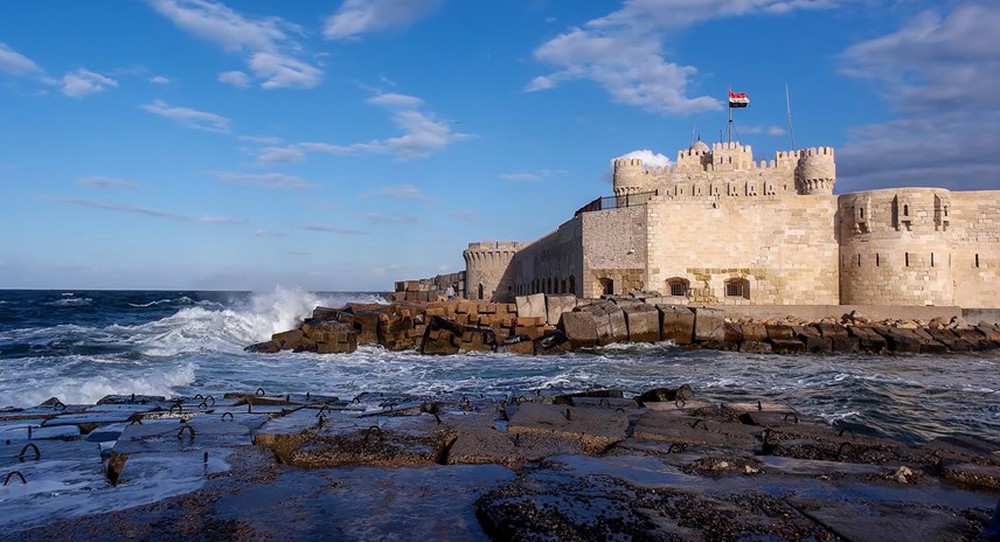
Egyptian citadel of Qaitbay, ancient ruins of the Lighthouse of Alexandria. Photo: CNN.
“The link between climate change and historic sites in Africa is being thoroughly studied, and compared to other continents, we know very little about them,” he asserts, adding that a The 2021 study found that between 1990 and 2019, African studies received only 3.8% of climate-related global research funding.
In this latest study, Dr. Simpson and his colleagues have outlined a total of 284 sites currently recognized and considered by the UNESCO World Heritage Center and the Ramsar Convention – the international convention for the conservation and rational use of wetlands of international importance, in 39 countries including the coast of Africa.
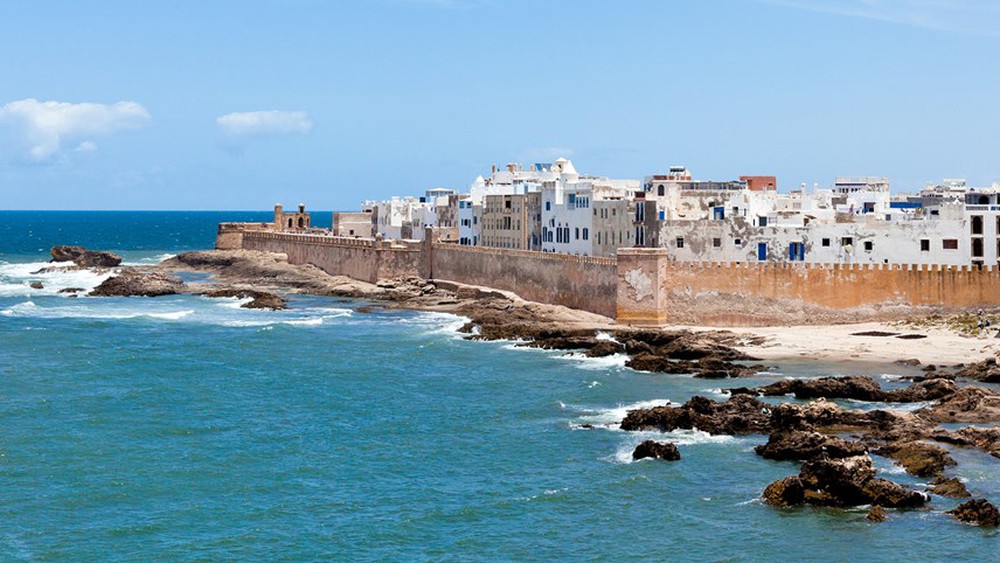
Port in the old town of Essaouira in Morocco. Photo: CNN.
The researchers produced a sophisticated model that predicted sea level rise and global warming under both medium and high emission scenarios. The more optimistic scenario assumes that global greenhouse gas emissions will stabilize before the end of the century, while the worse scenario suggests that things will continue to increase, at the current Earth’s pace. , until 2100.
From there, they calculated the percent chance of an extreme flood event for coastal lands, which would be a “once in a hundred” flood.
Dr. Simpson explains that such events are an important indicator in understanding future climate risks, because they have the potential to cause severe damage and, of course, climate change is increasing likelihood and frequency of occurrence of extreme weather patterns.
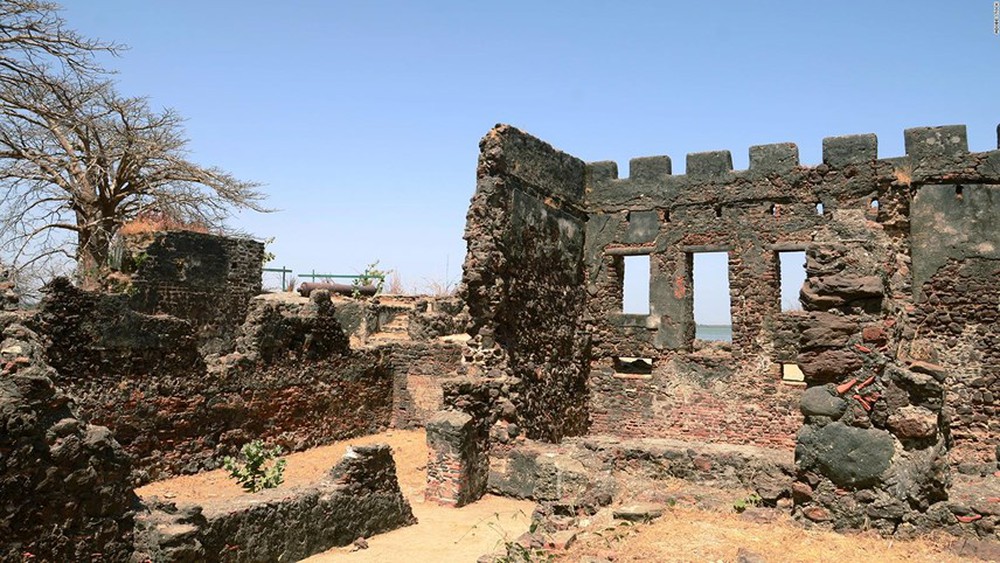
Kunta Kinteh Island in Gambia, home to the ruins of a fortress built by European slave traders. Photo: CNN.
“In the 1970s, there was a once-in-a-hundred-year event,” he said, “but as climate hazards are getting closer and closer… anything is possible in the next 10 years.” .
According to the study, North Africa is the region with the largest number of threatened monuments – from the ancient ruins of North Sinai that stretch between the Suez Canal and Gaza, which were once traveled by Egyptian Pharaohs. to Canaan and Tipasa; to the ancient Phoenician Trading Station in present-day Algeria, which had been conquered by Rome and made a strategic base during the conquest of Mauritania by Emperor Claudius.

The Seychelles’ Aldabra Atoll in the Indian Ocean is home to large atolls and the largest population of giant turtles in the world. Photo: CNN.
Cultural heritage protection
The study also notes that these findings will help prioritize sites that are at higher risk and need immediate protective action. This could include engineering solutions, such as seawalls and breakwaters, but Dr Simpson warned that flood mitigation measures like these are “extremely expensive”, and There is no guarantee they will be able to withstand future sea levels.
For him, a much better solution is to restore, plant, and manage ecological infrastructure, such as salt marshes, sea grasslands and mangroves, which protect nature and act as a carbon sink, sucking carbon dioxide from the air.
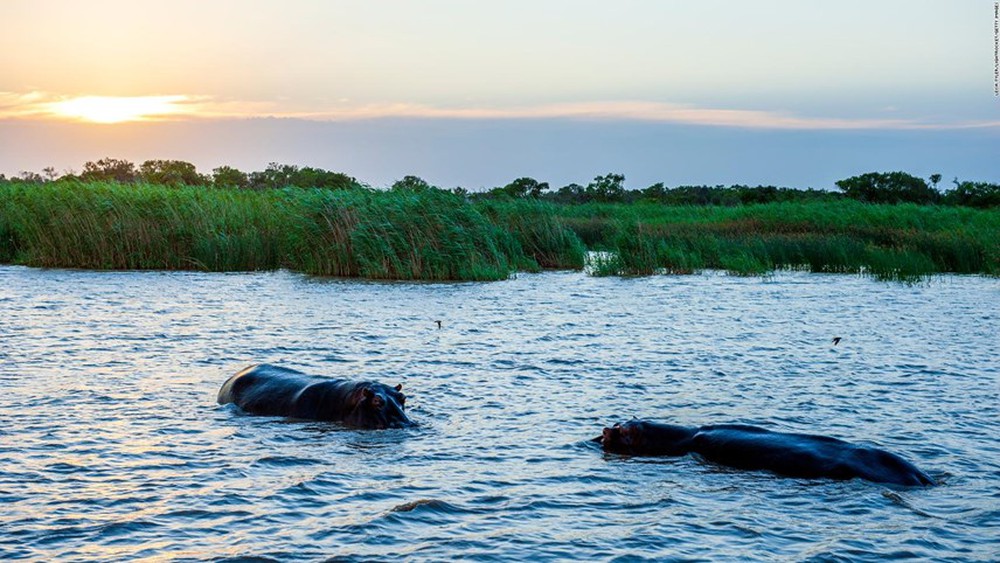
Simangaliso Wetland Park, on the South African coast, has a huge ecosystem and species diversity that could also be severely damaged by sea level rise. Photo: CNN.
In Africa especially, it is of paramount importance to improve local governance and the neighborhoods surrounding monuments. It is also aware that the lives of indigenous people “are part of the landscape and are intimately linked over time”.
“Raising awareness of climate risks to historic sites partly speaks to the increasingly urgent needs of society,” said Dr.
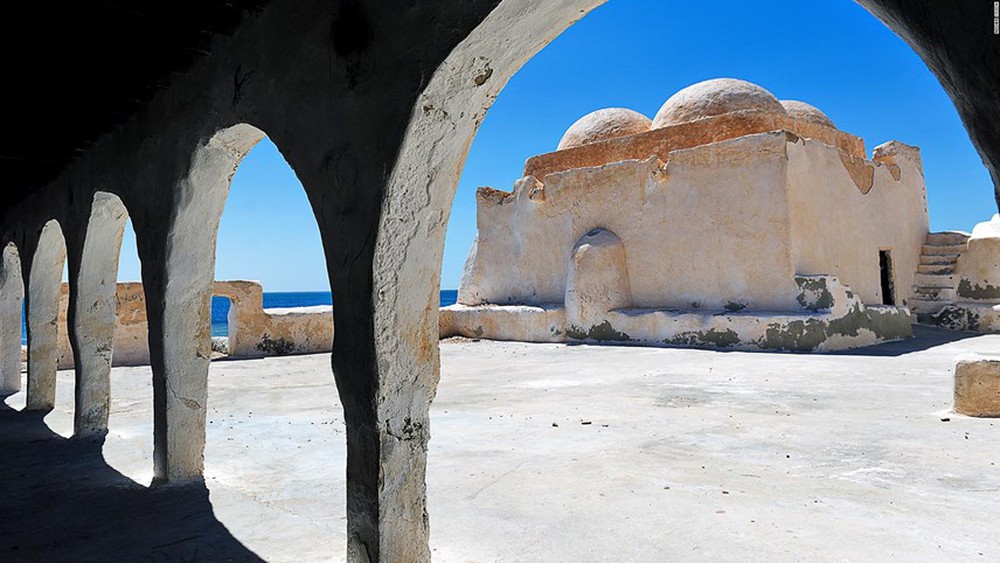
Djerba Guellala, an island village off the coast of Tunisia, is full of archaeological history. Photo: CNN.
at Blogtuan.info – Source: Soha.vn – Read the original article here



